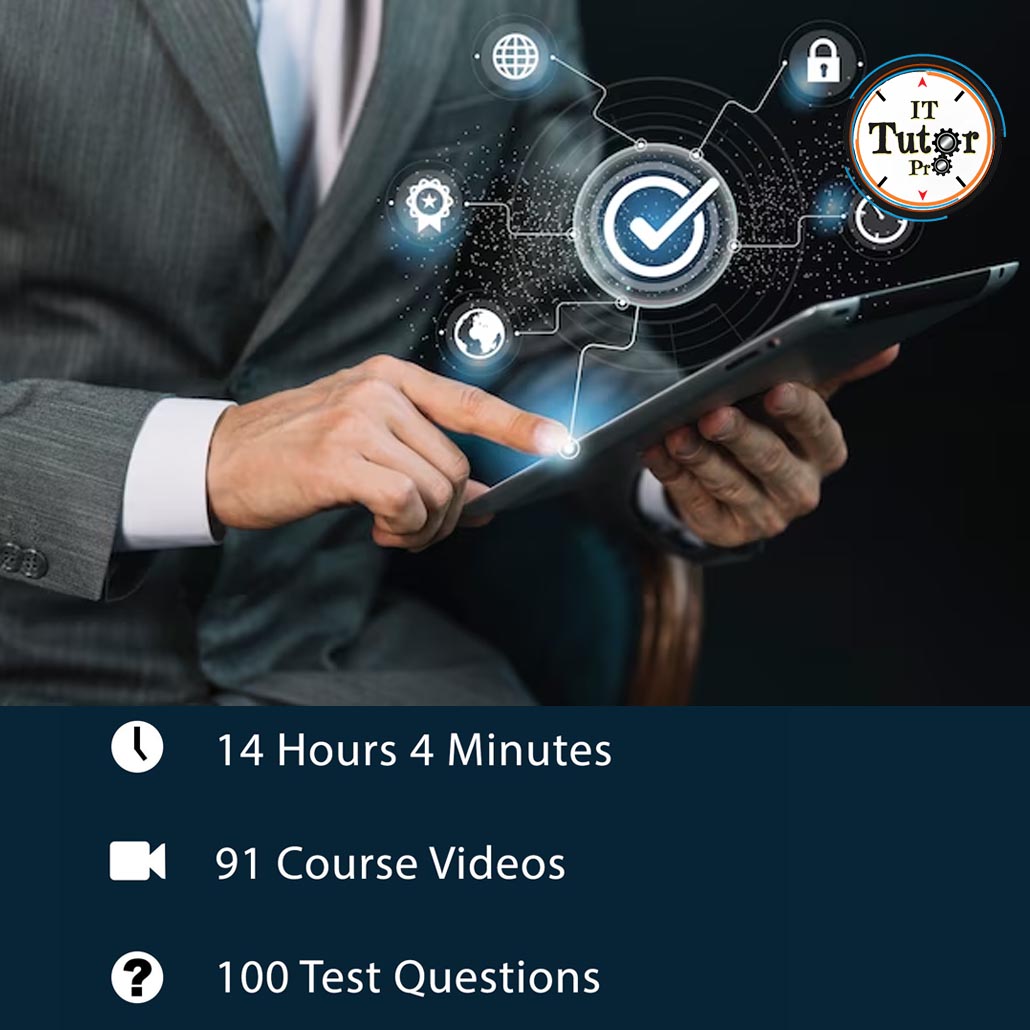Description
This course focuses on providing the skills and knowledge necessary to implement Cisco Collaboration and UC Solutions. We cover the administration of end-user interfaces, telephony and mobility features, and Cisco UC solutions maintenance. This course covers several video labs of the day-to-day administration of a Cisco UC solution and shows candidates step-by-step procedures to complete the common tasks associated with the day-to-day administration of a Cisco Collaboration solution while preparing for the CICD exam.
- Describe the components of a Cisco Collaboration solution, and identify call flows and signaling types
- Provide an overview of interfaces for both administration and end-users in Cisco Unified Communications Manager, Cisco Unified Communications Manager Express, Cisco Unity Connection, and Cisco Unified Communications Manager IM and Presence Service. Understand call flows in Cisco Unified Communications Manager and Cisco Unified Communications Manager Express
- Perform endpoint and end-user administration tasks in Cisco Unified Communications Manager and Cisco Unified Communications Manager Express
- Describe telephony features supported in CUCM and CUCME
- Administer users in Cisco Unity Connection and Cisco Unified Communications Manager IM and Presence Service, and enable the most commonly used features
- Describe how to maintain a Cisco Collaboration Solution























Reviews
There are no reviews yet.